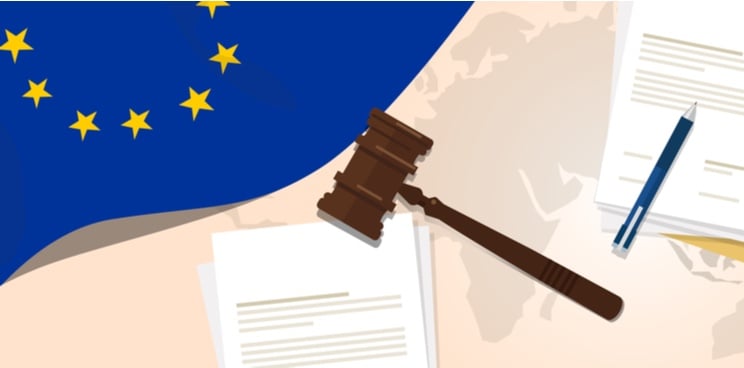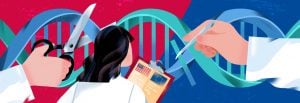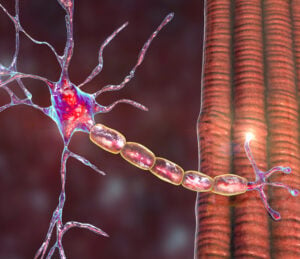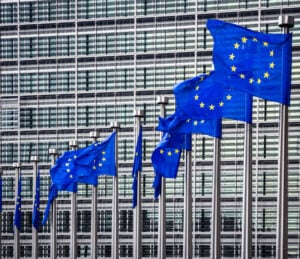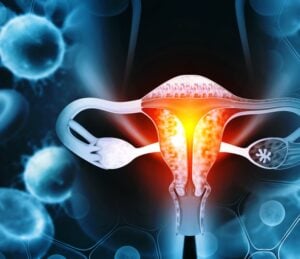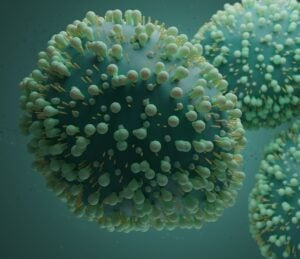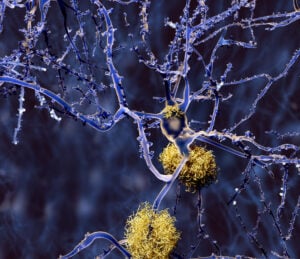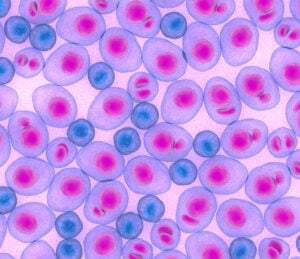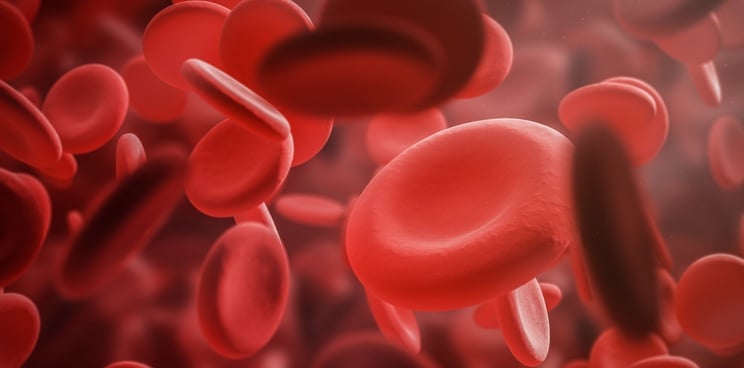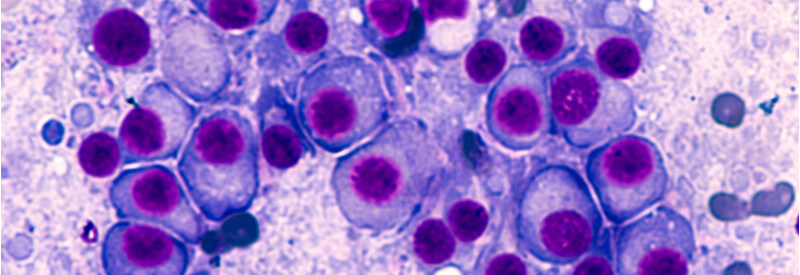Stay updated about the latest news on regulatory approvals and gain valuable insights into the intricate landscape of regulatory frameworks, guidelines, and processes that govern the development and commercialization of innovative therapies in the biotech sector!
In Depth 15 Apr 2024
Does the FDA need to tighten its grip on drug trials in the U.S.?
Studies suggest that the FDA has been less rigorous with its drug approval standards. We looked at the current state of the approval process.
